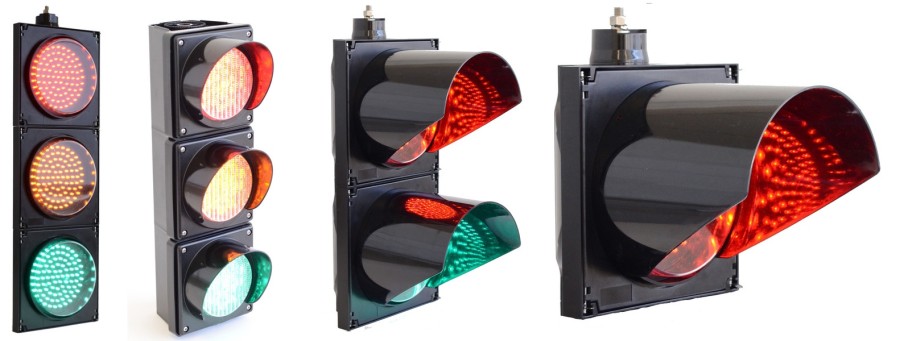Traffic light and signals are devices specifically designed to direct and control traffic. They are electrically operated and provide a maximum level of control at intersections. Their main purpose is to provide the right traffic direction and to relay important messages about various rules that apply for proper traffic movement.

Back in the day when there were no traffic signals, the roads were pretty chaotic. With no rules and directions to follow there was a real competition between different vehicles, bikes, pedestrians and street cars for the always important right of way. The problem was finally solved in 1914 with the introduction of the first electric traffic signal in Cleveland, Ohio. Since then, traffic light and signals have greatly evolved and today there are various models available with different features. Today these amazing control devices play a vital role in traffic control and come with many advantages.
- They provide safe movement for cars and help avoid dangerous collisions.
- Traffic lights and signals contribute to the orderly movement of conflicting flows by properly assigning right of way to a number of different traffic movements.
- They make both the vehicular and pedestrian traffic more functional and safe. Therefore, a great number of accidents are avoided due to the advanced traffic control as traffic lights and signals considerably reduce right-angle (broadside) collisions at an intersection.
There are many factors that contribute to the normal operation of these control devices. The most important thing is of course proper installation. This means that the traffic light must have a visible position and of course provide an efficient and precise traffic control. When it comes to quality and efficient operation, a normal functioning of all components is of utmost importance. The traffic signal consists of four basic parts: display, support, signal controller and detector.
Signal timing is an important factor as well. Its purpose is to provide maximum safety for the traffic system and to improve the overall traffic flow. Every traffic signal has different timing settings. Signal timing is divided into three main types:
- Fixed timing: it is based on historical information and uses the same present time intervals that do not change in accordance with the changes in the traffic volume.
- Actuated timing: it is based on the information provided from the detector and is able to adjust to different traffic volume.
- Coordinated timing: it provides signal coordination and helps minimize or avoid stops which greatly improves the traffic flow.



